Small-batch fragrance testing lets you perfect your scent formulations while minimizing financial risks and waste. You'll uncover essential insights about scent interactions, stability issues, and consumer preferences through precise adjustments and targeted feedback. It's a strategic approach that guarantees quality control, regulatory compliance, and strong market alignment before scaling up production. From eco-friendly sampling to emotional response tracking, this methodical process holds the keys to creating successful fragrances that resonate with your target audience.
The Strategic Value of Small-Scale Scent Trials
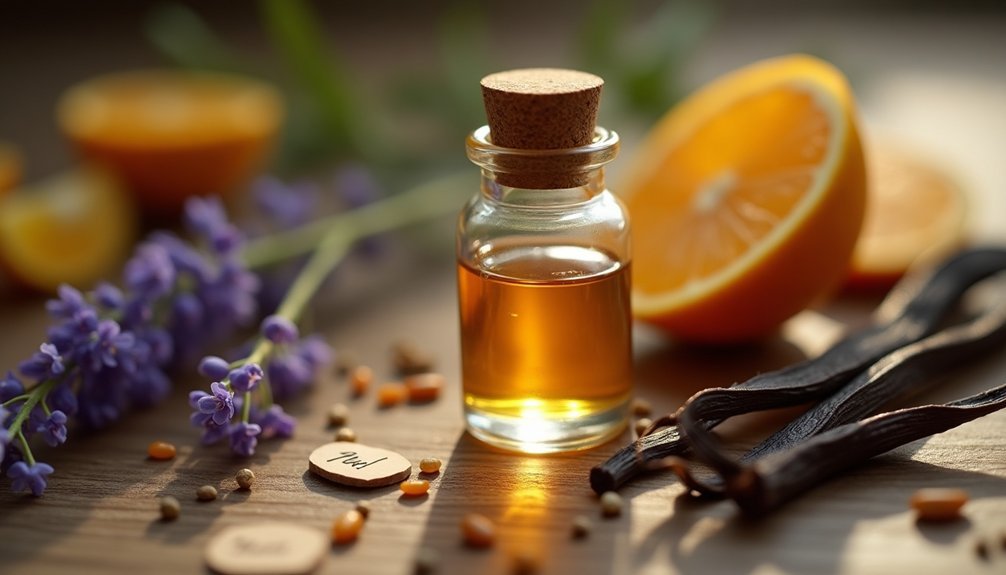
While large-scale fragrance production drives the beauty industry, small-batch testing has emerged as an essential strategic tool for perfume makers and brands.
You'll find that this approach allows you to fine-tune your formulations with precision, ensuring your final product truly resonates with your target market.
When you conduct small-batch fragrance testing, you'll discover nuances that aren't apparent from initial bottle samples.
These trials reveal how scents interact with other ingredients and evolve over time.
You're also protecting your investment by minimizing costs and waste while identifying potential stability issues early in development.
Understanding Fragrance Development Through Micro-Batches
As perfumers explore into micro-batch development, they'll discover that working with smaller quantities provides unparalleled insight into fragrance behavior.
You'll find that testing small batches reveals vital details about fragrance performance when integrated into final products, ensuring the scent's true character shines through.
While you might think small batches save time, they often require just as much attention as larger production runs.
Small-batch production demands meticulous attention to detail, requiring the same level of precision and care as full-scale manufacturing processes.
You'll need to carefully monitor formulations to maintain consistency despite raw material variations. The advantage? You can experiment with different scent combinations while minimizing waste and identifying potential bestsellers.
Through this process, you'll gather valuable consumer feedback that helps refine your fragrances. This targeted approach lets you create more tailored products that resonate with your audience, ultimately leading to better market success.
Quality Control Benefits in Limited Production Runs
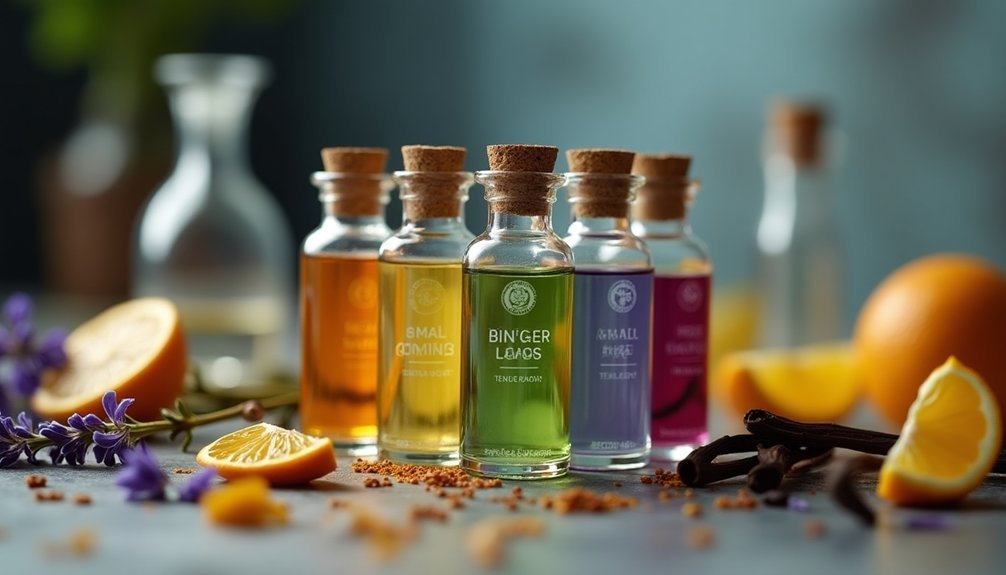
Small-batch production brings exceptional quality control advantages that build upon the insights gained during micro-batch development.
You'll find that testing fragrances in limited runs allows you to monitor every aspect of production with heightened precision, from raw material variations to final scent profiles.
When you implement rigorous quality control in smaller quantities, you can effectively evaluate fragrance performance through controlled testing methods like wax melts and diffusers.
This approach helps you identify and resolve potential issues before they impact larger production runs.
Key benefits of small-batch testing include:
- Detailed documentation and tracking of each production phase
- Early detection of formulation issues, preventing costly recalls
- Enhanced ability to refine and perfect scent profiles
This meticulous attention to detail guarantees your final product consistently meets consumer expectations while strengthening brand loyalty.
Cost-Effective Market Research With Sample Sizes
Testing fragrances with small groups first allows you to gather essential market feedback without committing to large-scale production costs.
You'll maximize your limited testing resources by producing samples of just 5-20 Kg, which provides enough material to conduct meaningful consumer research while minimizing financial risk.
Your iterative approach to small-batch testing enables quick adjustments based on immediate consumer responses, helping you perfect the fragrance before a wider market launch.
Test Small Groups First
Leading fragrance brands have discovered that initial market research doesn't require massive sample sizes to yield valuable insights.
When you test your fragrances with small groups first, you'll gather targeted feedback that can shape your product's success in the market.
Small-group testing offers several key advantages for your fragrance development:
- You'll receive detailed qualitative insights about scent performance and longevity
- You can quickly identify potential bestsellers without significant financial risk
- You'll understand emotional responses that help align scents with your brand identity
Optimize Limited Testing Resources
When you're working with limited resources, optimizing your fragrance testing process becomes vital for success. You'll find that small-batch testing allows you to maximize your budget while gathering essential market insights. By testing fragrances in smaller quantities, you can quickly adjust formulations based on consumer feedback without incurring massive production costs.
| Testing Approach | Resource Impact | Market Benefit |
|---|---|---|
| Small Groups | Lower Costs | Quick Feedback |
| Limited Samples | Reduced Waste | Targeted Results |
| Focused Testing | Efficient Use | Better Innovation |
Your strategic approach to small-batch testing enables you to experiment with unique scent combinations and gather precise consumer preferences. This method helps you identify winning fragrances before scaling up production, ensuring you're investing in formulations that resonate with your target market. Through this efficient testing process, you'll optimize your resources while maximizing your chances of market success.
Building Consumer Trust Through Test Batches
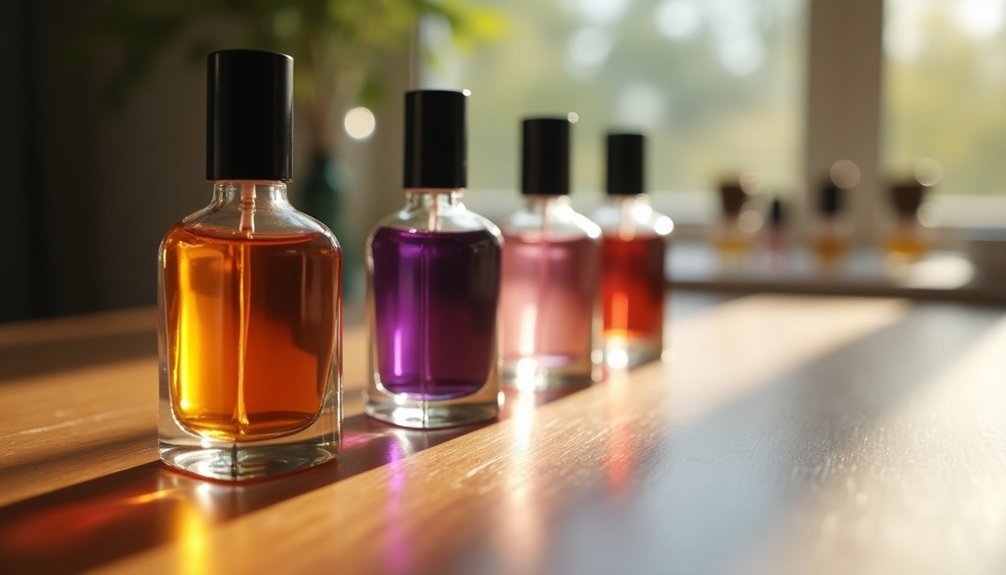
Trust forms the cornerstone of successful fragrance marketing, and small-batch testing offers brands a powerful way to build it. When you invest in test batches, you'll demonstrate your commitment to delivering products that truly resonate with your customers.
By actively seeking consumer feedback and implementing changes based on their input, you create a dialogue that strengthens brand loyalty.
Here's how small-batch testing builds consumer trust:
- You show transparency by involving customers in product development
- You prove responsiveness by adjusting formulations based on real feedback
- You minimize the risk of launching products that don't meet expectations
This approach empowers your customers to feel like valued partners in your brand's journey, leading to stronger relationships and repeat purchases.
Through thoughtful testing, you'll discover signature scents that can define your brand's success while maintaining your customers' confidence.
Perfecting Formulations Before Full-Scale Launch
Building on this foundation of consumer trust, small-batch testing serves as your laboratory for perfecting fragrance formulations.
When you evaluate your fragrance in limited quantities of 5-20 Kg, you'll uncover potential issues before committing to full production runs.
Small-batch fragrance testing enables you to make critical adjustments based on real-time feedback and market response.
You'll save considerably on costs while reducing waste, as you can refine your scent profiles until they meet consumer expectations.
This iterative process lets you explore unique combinations and create distinctive fragrances that stand out in today's competitive market.
Small-Batch Testing and Brand Identity Development
Your brand's unique scent story emerges through small-batch fragrance testing, allowing you to refine and align your olfactory identity with your company's core values.
You'll discover how different scent combinations resonate with your target market, creating emotional connections that strengthen your brand's positioning.
Through strategic testing and market feedback, you're able to develop signature fragrances that authentically represent your brand while meeting your customers' preferences and expectations.
Unique Scent Story Evolution
While many fragrance brands rush to market with mass-produced scents, small-batch testing opens up a world of possibilities for crafting unique brand narratives through scent.
Through careful fragrance testing, you'll discover unique scent combinations that tell your brand's story in an authentic and memorable way. You can refine and adapt your fragrances based on real consumer feedback, ensuring each scent resonates with your target audience.
Your scent story evolution benefits from this iterative approach in three key ways:
- Creates emotional connections by developing fragrances that trigger specific memories
- Allows for continuous refinement based on customer input and preferences
- Builds a distinct olfactory identity that sets your brand apart
This collaborative process helps you develop signature scents that not only reflect your brand values but also create lasting connections with your customers.
Target Market Scent Alignment
Small-batch fragrance testing empowers brands to precisely align their scents with target market preferences. Through this approach, you'll gather direct consumer feedback that shapes your fragrance development strategy and increases the likelihood of customer loyalty.
When you conduct market research during small-batch testing, you'll uncover valuable demographic insights, particularly about younger consumers who place high importance on scent when making purchasing decisions. Your brand can quickly adapt formulations based on these findings, ensuring your fragrances resonate with your intended audience.
You'll find that this targeted approach strengthens your brand identity, as consumers increasingly associate scent quality with overall brand value.
Navigating Regulatory Compliance With Test Samples
As fragrance testing moves from concept to reality, regulatory compliance becomes a critical checkpoint that can't be overlooked. You'll need to guarantee your test samples meet IFRA guidelines and safety standards while maintaining precise documentation of all ingredients and concentrations.
When conducting fragrance testing, you must prioritize these essential compliance elements:
- Document maximum usage rates for each fragrance oil to prevent potential skin reactions
- Perform stability testing to verify chemical compatibility and pH balance
- Maintain detailed records of all ingredients for transparent labeling requirements
Your small-batch testing process should incorporate regular safety assessments to meet both local and international regulations.
Measuring Consumer Response to Trial Fragrances
Understanding your customers' emotional responses to trial fragrances starts with implementing structured scent preference testing methods that capture both immediate reactions and lasting impressions.
You'll need to observe and document testers' initial emotional cues, including facial expressions, body language, and verbal feedback when they first experience the fragrance.
Your testing protocol should incorporate multiple evaluation points over time, as people's responses to scents can evolve from their first impression to extended wear periods.
Emotional Response Analysis
When crafting a successful fragrance, emotional response analysis serves as a vital cornerstone of small-batch testing. You'll find that 80% of consumers make their purchasing decisions based on emotional connections formed during scent trials, making this analysis essential for your brand's success.
Through strategic fragrance testing, you can identify which scents trigger specific feelings and memories that resonate with your target market.
Here's what emotional response analysis can reveal:
- Specific mood changes linked to different scent profiles
- Memory associations that drive purchasing behavior
- Consumer loyalty patterns based on emotional connections
Scent Preference Testing Methods
Three proven testing methods form the foundation of effective fragrance evaluation in small-batch production.
You'll want to start with smelling strips for initial assessments, allowing you to detect subtle fragrance notes without cross-contamination.
Next, create small wax melts to evaluate how your scents perform when heated, giving you essential insights into their real-world application.
To guarantee consistent testing results, you'll need to engage diverse focus groups for thorough feedback.
These scent preference testing methods help you understand how different demographics respond to your fragrances.
By gathering direct consumer responses and continuously refining your formulations based on their feedback, you're better positioned to develop products that resonate with your target market.
Sustainable Practices in Sample Production
As consumers increasingly demand eco-conscious products, fragrance brands have revolutionized their sampling processes with sustainable practices. You'll find that modern fragrance testing now incorporates eco-friendly materials like glass bottles and recyclable paper labels, minimizing environmental impact while maintaining product quality.
Key sustainable innovations in fragrance sampling include:
- Mono-material pouches that reduce packaging waste
- Paper-based sampling technologies for low-water formulations
- BeautiPod's hygienic, eco-responsible single-use solutions
E-commerce platforms have embraced these sustainable practices by offering personalized sampling experiences that align with environmental goals. You can now test fragrances through eco-conscious methods that protect both product integrity and the planet.
This shift towards sustainability in fragrance testing reflects the industry's commitment to meeting your expectations for responsible production methods.
Frequently Asked Questions
How Long Should Consumers Test a Fragrance Sample Before Making Decisions?
You'll want to test a fragrance sample for at least 4-6 hours to experience how it develops on your skin. Don't rush your decision – try it multiple times in different weather conditions before buying.
What Is the Ideal Temperature for Storing Small-Batch Fragrance Samples?
You'll want to store your fragrance samples between 55-65°F (13-18°C) in a dark, dry place. Don't keep them in your bathroom or near windows, as heat and light can alter their composition.
Can Small-Batch Fragrances Be Mixed With Other Scents During Testing?
You can mix small-batch fragrances with other scents during testing, but you'll need to keep detailed notes and start with tiny amounts to understand how they interact and develop together.
How Many Testers Typically Participate in Small-Batch Fragrance Trials?
You'll typically need 20-50 testers for effective small-batch fragrance trials. It's best to gather diverse participants across age groups, genders, and scent preferences to get thorough feedback on your fragrance development.
What Percentage of Small-Batch Fragrances Successfully Transition to Full Production?
You'll find that only 15-20% of small-batch fragrances make it to full production. While many show initial promise, factors like market demand, production costs, and consumer feedback determine which scents succeed commercially.
In Summary
You'll find that small-batch fragrance testing is essential for your brand's long-term success. By conducting limited trials, you're able to perfect your scents, control costs, and build consumer trust before scaling up. Whether you're testing market response, ensuring regulatory compliance, or developing your brand identity, these micro-batch experiments provide invaluable data that'll guide your fragrance development and ultimately strengthen your position in the market.
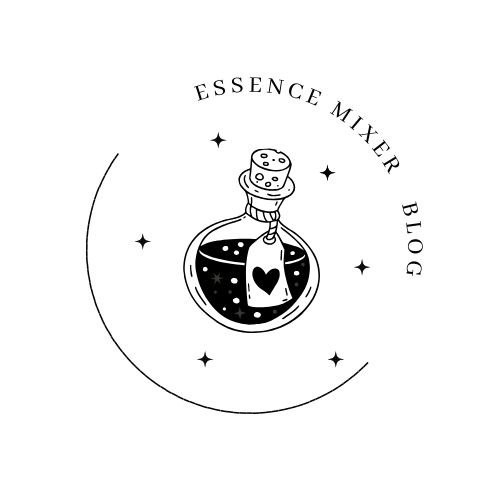
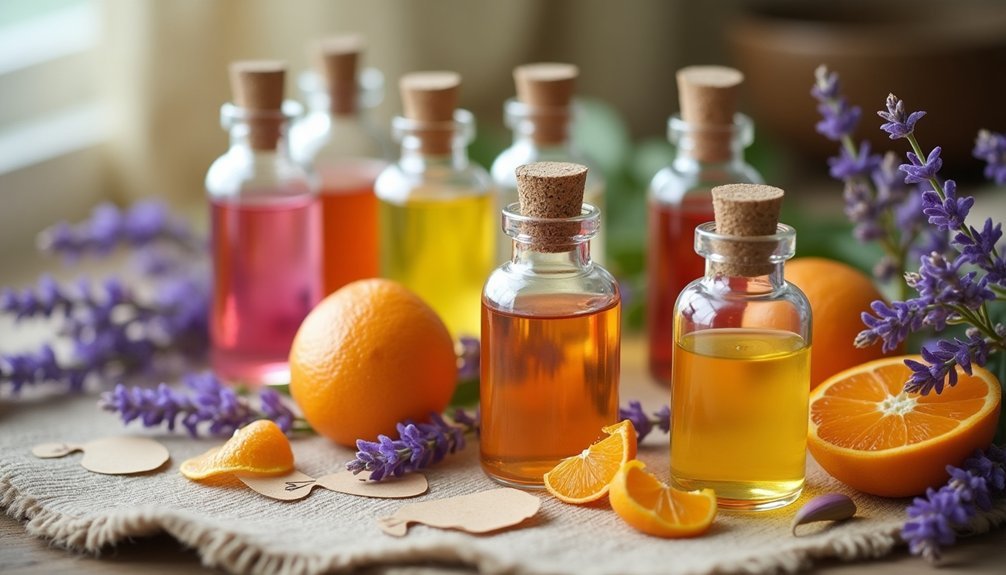



Leave a Reply